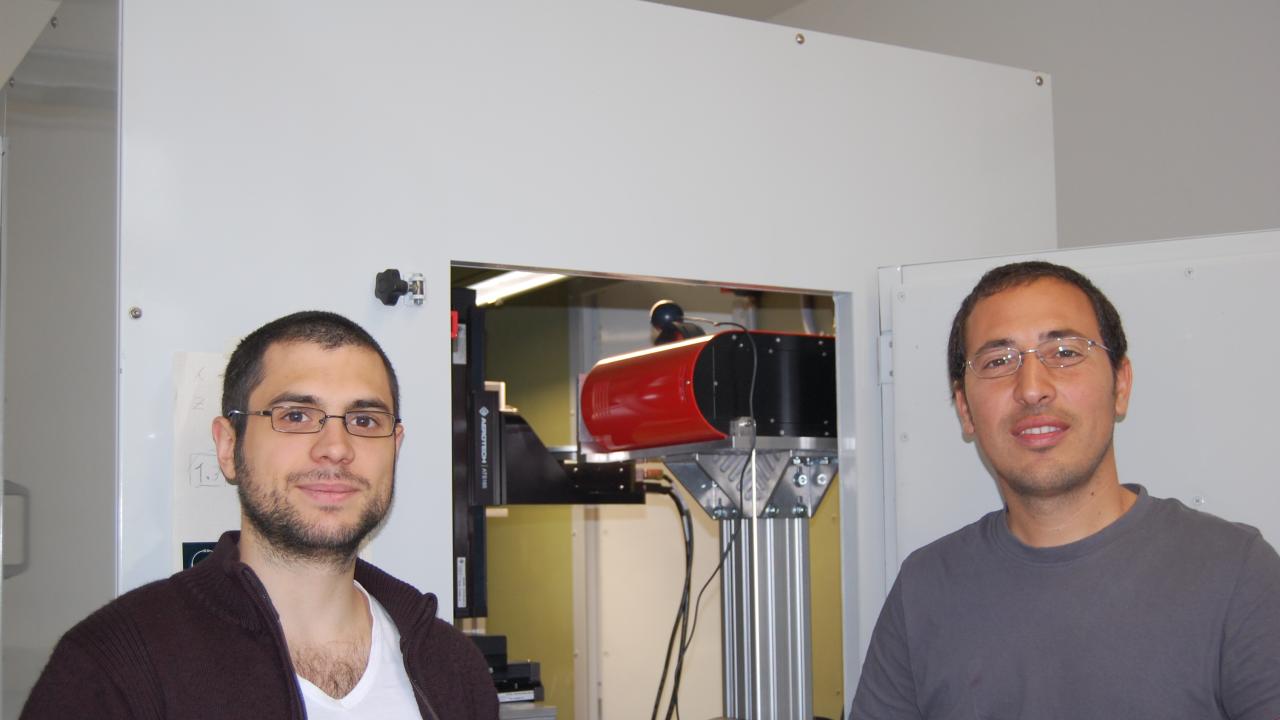
A piece of humanoid skull, nestled among Ice Age animal fossils, just might be the first evidence of Neanderthals in the Po River basin that stretches across northern Italy. Now, a team of researchers are unravelling the bone's mysteries with the help of equipment at ICTP's Multidisciplinary Laboratory (MLab).
Anthropologist Federico Bernardini and paleontologist Clément Zanolli of ICTP determined the bone's thickness and shape using X-ray microtomography (micro CT). This technique uses X-rays to develop a high-resolution image of an object, inside and out, without needing to crack open the specimen to take a look inside.
Examining the inside of the bone was the key to identifying it as part of a Neanderthal's skull. The bones on the front of a human's skull are much thicker than they are in a Neanderthal's, so by measuring the skull's thickness with micro CT, the researchers were able to determine that the bone was unlikely to belong to a modern human.
Additionally, the micro CT revealed the shape of the sinuses, otherwise hidden from view inside the bone, and spongy sections of the bone's internal structure. The researchers' detailed picture even allowed them to reconstruct the shape of the brain that would have been protected inside. Each of these clues also fits better with the shape of Neanderthal skulls than with humans.
Neanderthal remains have been found all over Europe, but to date northern Italy has tended to be richer in animal fossils. The skull shape and structure revealed by the MLab scanner is thus the first hint that Neanderthals also lived in the Po valley.
Bernardini, Zanolli, and their collaborators recently presented their preliminary study at a conference in Spain. Now, they are working together with researchers from across Italy to find out more about the bone by studying its DNA, pinpointing the exact geographic location where the bone was found, and determining the bone's age.
The MLab is home to the only X-ray microtomography scanner in Italy dedicated to paleontology and anthropology. It is "unique in Europe," Zanolli says, as the largest lab specializing in the study of cultural heritage using these techniques. As a result, Bernardini and Zanolli are part of local, regional, and international collaborations ranging from items from Trieste's Natural History Museum to specimens from Spain, France, Croatia, Eritrea, Ethiopia, and Australia. The Neanderthal skull bone is just one of many specimens waiting to have its secrets unlocked by the X-ray microtomography machine at ICTP.
















